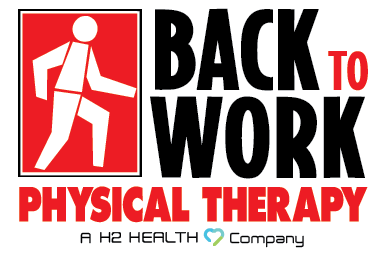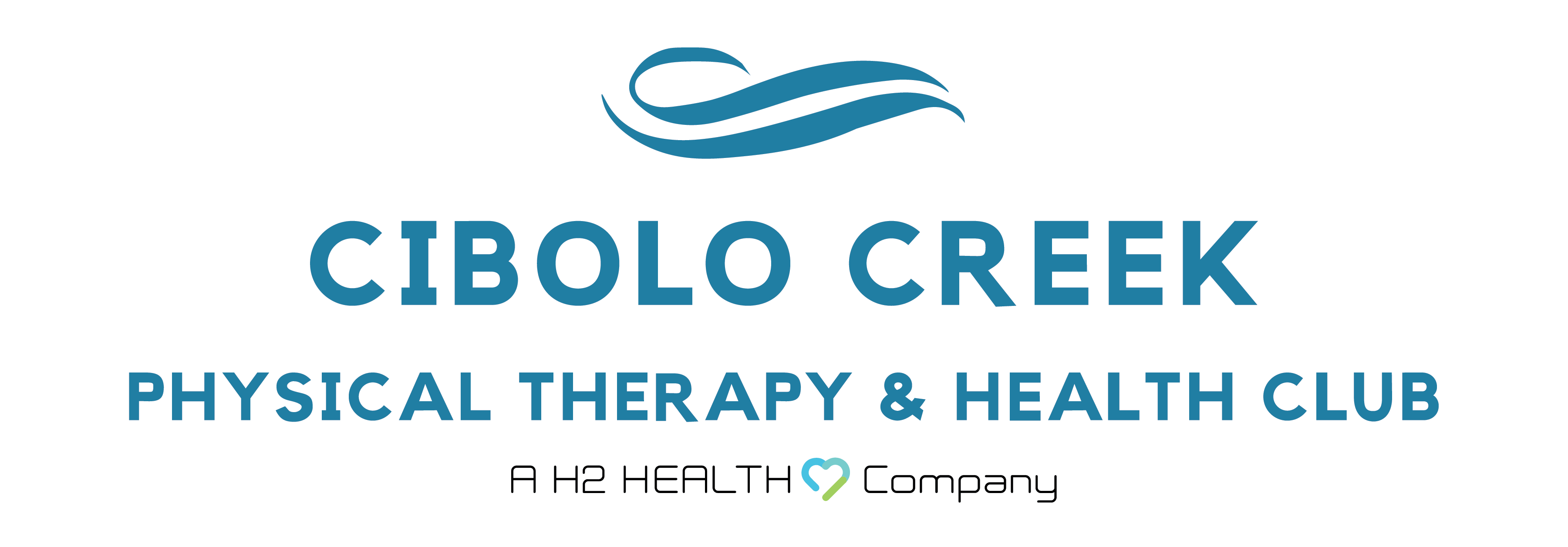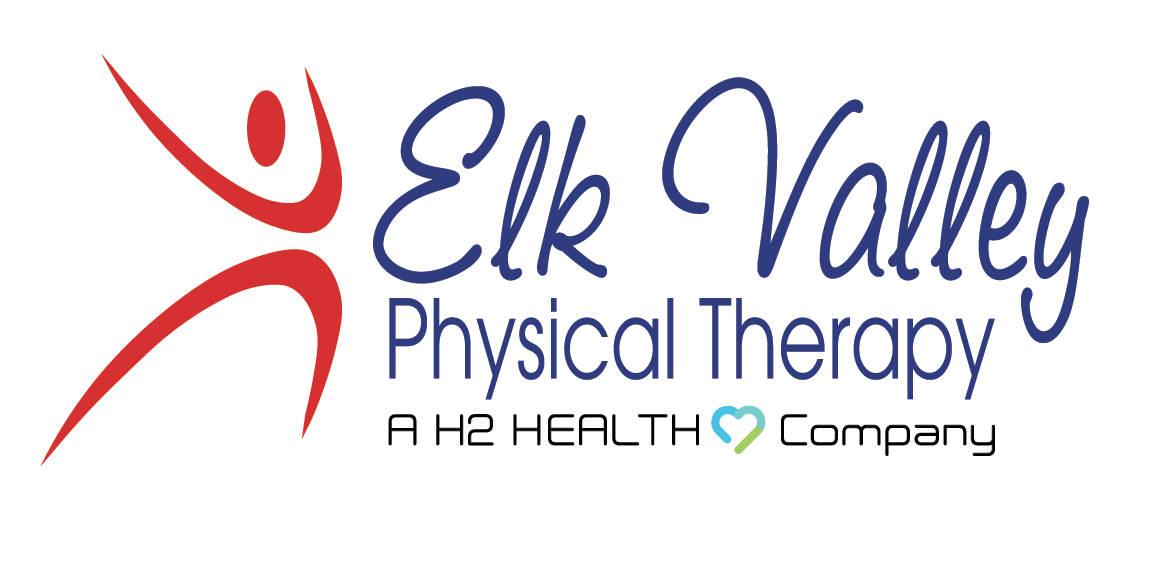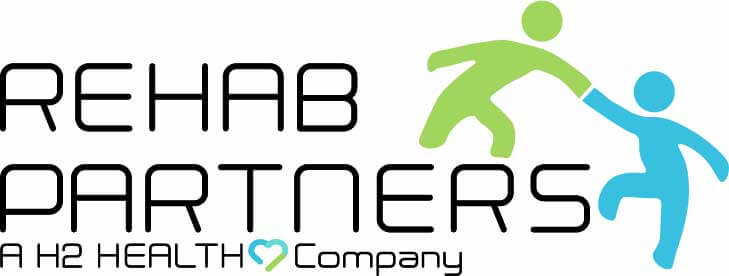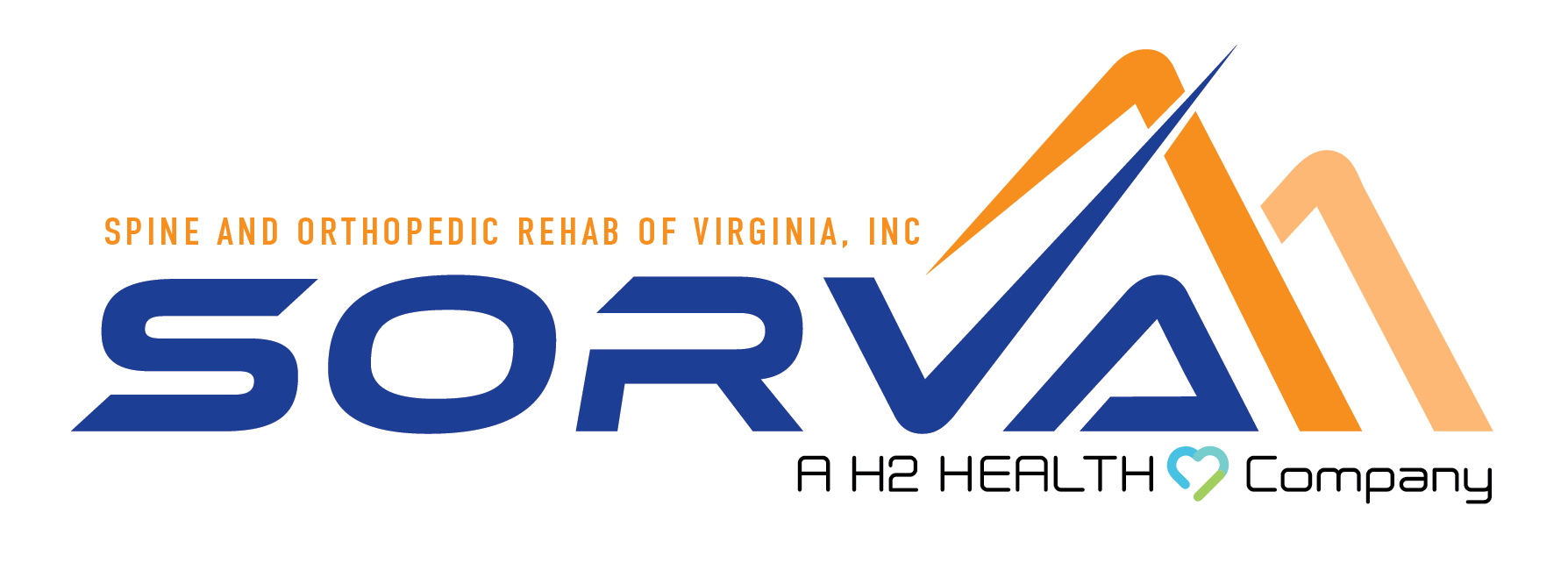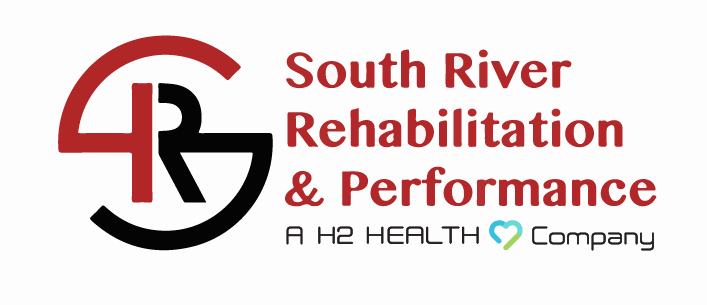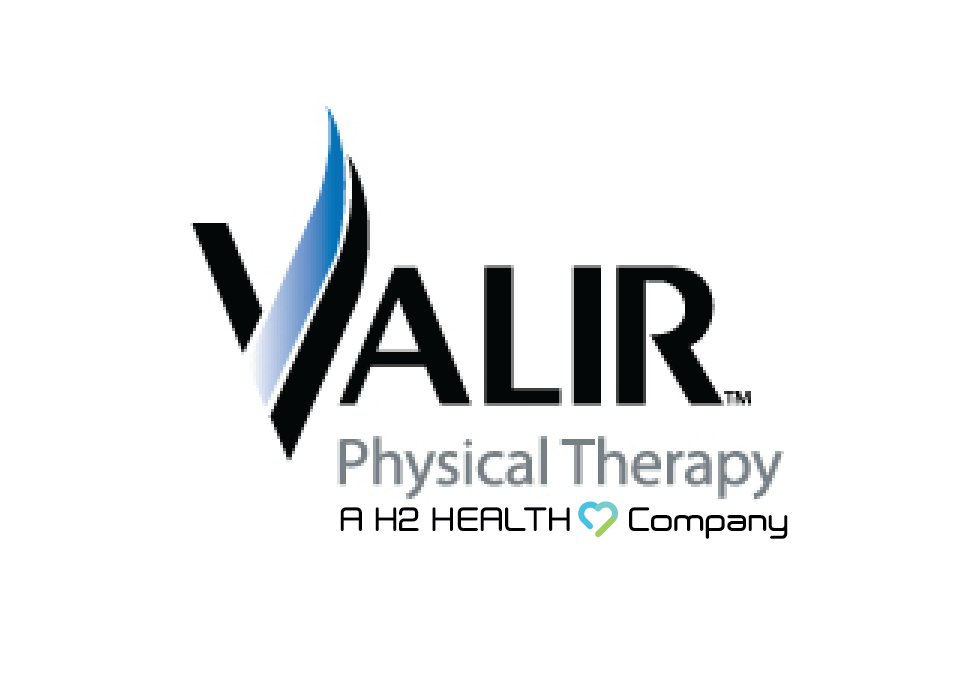
Recovering from hand surgery can be a challenging and uncertain process. Many patients find themselves wondering how to regain strength, movement, and functionality. This is where hand therapy comes in. Hand therapy plays a crucial role in helping patients get back to their daily activities while preventing complications.
This guide will walk you through the details of hand therapy after surgery, helping you understand what to expect, how it works, and its many benefits.
What Is Hand Therapy
Hand therapy is a specialized type of rehabilitation performed by certified hand therapists (CHTs). However, non-CHT with advanced knowledge in treating hand and upper extremity conditions —who may be occupational or physical therapists—can also provide hand therapy services. The therapy focuses on restoring the function, mobility, and strength of your hand, wrist, and arm.
Hand therapy is not a one-size-fits-all approach. Instead, it is customized to meet each patient’s unique needs following surgery or injury. The goal of therapy is to help patients recover as fully as possible while regaining independence in their daily lives.
Why Hand Therapy Is Important After Surgery
After hand surgery, you are likely to experience swelling, stiffness, loss of strength, or limited range of motion. Without proper rehabilitation, these challenges can become long-term issues. Hand therapy addresses these problems effectively.
Here are the key benefits of hand therapy:
- Improved Range of Motion: Exercises during therapy keep joints flexible or help regain flexibility after stiffness sets in.
- Reduced Pain and Swelling: Manual techniques, along with therapeutic tools, can reduce swelling and pain.
- Faster recovery: Focusing on structured rehabilitation accelerates healing and prevents setbacks.
- Better Use of Your Hand: Therapy re-trains you to perform daily tasks like writing, using a phone, or cooking without discomfort.
Common Conditions That Require Hand Therapy
Hand therapy is often recommended after surgeries related to the following conditions:
- Carpal tunnel syndrome
- Trigger finger
- Tendon injuries
- Fractures or dislocations
- Arthritis-related surgeries
- Nerve injuries like cubital tunnel syndrome
- Ligament repairs, such as from a thumb or wrist injury
It is essential to follow the therapy plan created for your specific condition and surgery to get the best results.
What to Expect During Hand Therapy
Understanding what hand therapy entails can help reduce any anxiety you might have before starting. Sessions typically involve exercises, education, and personalized treatments designed specifically for your injury or condition.
Initial Assessment
Your first session will include an evaluation by a certified hand therapist. The therapist will assess:
- Your range of motion
- Strength level
- Presence of swelling or pain
- Sensations and coordination
Based on this, they will design a personalized rehabilitation plan tailored to your recovery goals.
Common Techniques in Hand Therapy
Hand therapists use various techniques to promote healing and strength. Some of these include:
Range of Motion Exercises
After surgery, stiffness and swelling may limit your movement. Range of motion exercises help improve flexibility and prevent joints from becoming stiff. These exercises may involve passive movements (assisted by the therapist) and later progress to active movements you perform on your own.
Strengthening Exercises
Once your hand starts healing, your therapist will introduce strengthening exercises to rebuild muscle strength. These exercises may involve resistance bands, therapeutic putty, or specialized equipment to target specific areas of weakness.
Pain Management Techniques
Managing pain is an essential part of your recovery after hand surgery. Therapists use various pain relief techniques, such as heat or cold applications, ultrasound therapy, or manual massage. These methods help reduce swelling and make therapy exercises more comfortable.
Scar Management
For patients with surgical incisions, scar tissue can limit mobility and cause discomfort. Therapists use techniques like scar massage and stretching to improve the flexibility of scar tissue, allowing for smoother movement.
Functional Training
Hand therapy goes beyond basic exercises. Functional training focuses on real-life tasks like gripping, lifting, or typing. This helps you regain the dexterity and coordination needed for everyday activities.
Home Exercise Program
Your therapist will likely assign exercises for you to perform at home between sessions. These exercises are crucial to maintaining progress and strengthening your hand.
Timeline for Recovery
Recovery timelines can vary based on the type of surgery and your individual progress. Some patients may need only a few weeks of therapy, while others may require several months. Your therapist will regularly adjust your treatment plan based on your improvement.
Some factors affecting recovery are:
- Type of Surgery: Procedures like carpal tunnel release may require shorter recovery than tendon repair surgeries.
- Compliance With Therapy: Following your therapist’s guidance and performing home exercises can significantly speed up recovery.
- Age and Overall Health: Younger and healthier individuals often heal quicker.
Hand Therapy in Pennsylvania
Do you need expert hand therapy to guide your recovery? Look no further than H2 Health. Our certified hand therapists use state-of-the-art techniques and equipment to help you regain strength and mobility.
H2 Health offers personalized care plans tailored to your needs, ensuring that your recovery is as smooth and effective as possible. With clinics across the country, we make it easy for you to access the care you deserve.
Take the first step toward recovery by partnering with our team of skilled hand therapists. Schedule an appointment today by contacting our clinic nearest you or filling out our appointment request form. We look forward to serving you!











